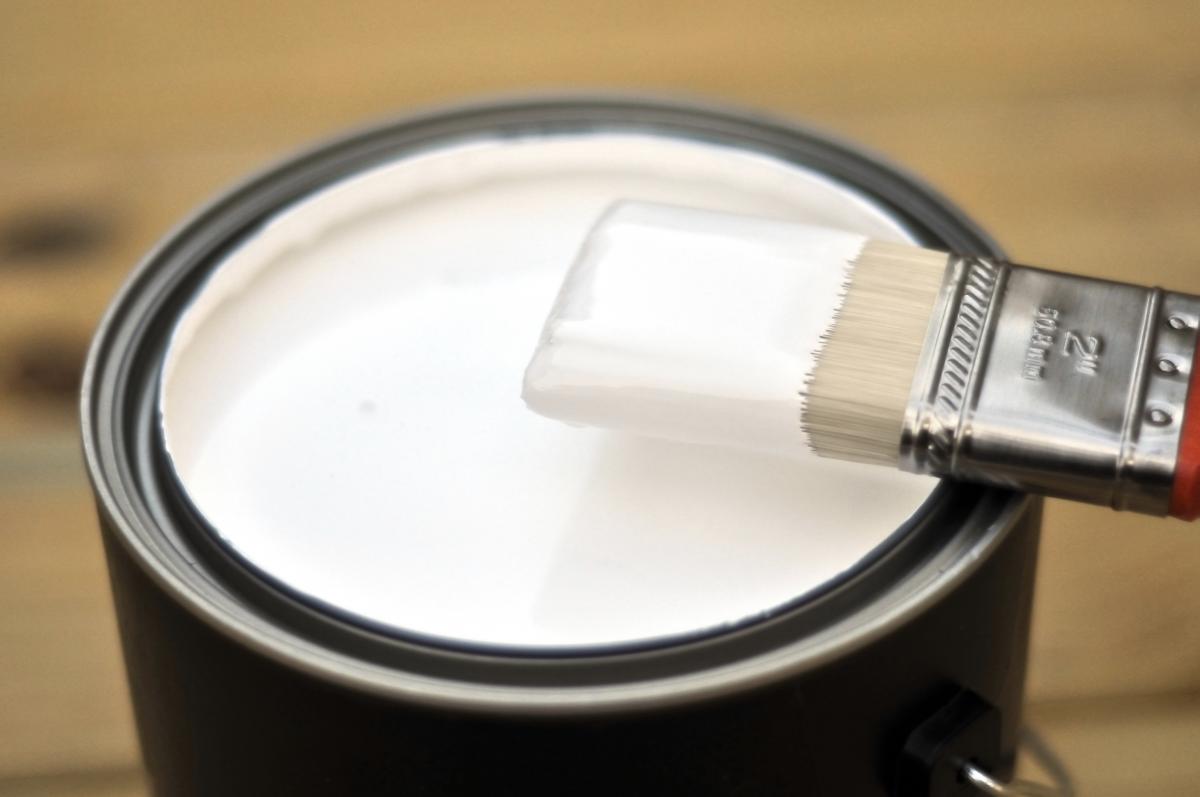Indoor Air Quality Overview
Indoor Air Quality Overview
What Is Indoor Air Quality?
 The term "indoor air quality (IAQ)", interpreted broadly, refers to the environmental characteristics inside buildings that may affect human health, comfort, or work performance. IAQ characteristics include the concentrations of (amounts of) pollutants in indoor air, as well as air temperature and humidity. Concentrations of pollutants on indoor surfaces that may be contacted by people, and indoor lighting and acoustic (noise) conditions are also often considered aspects of IAQ. Sometimes, the rate of outdoor air supply to a building, i.e., the ventilation rate, is treated as an IAQ condition because of the ventilation rate has a strong influence on the concentration of many indoor air pollutants.
The term "indoor air quality (IAQ)", interpreted broadly, refers to the environmental characteristics inside buildings that may affect human health, comfort, or work performance. IAQ characteristics include the concentrations of (amounts of) pollutants in indoor air, as well as air temperature and humidity. Concentrations of pollutants on indoor surfaces that may be contacted by people, and indoor lighting and acoustic (noise) conditions are also often considered aspects of IAQ. Sometimes, the rate of outdoor air supply to a building, i.e., the ventilation rate, is treated as an IAQ condition because of the ventilation rate has a strong influence on the concentration of many indoor air pollutants.
How Is Indoor Air Pollution Generated?
When people are indoors, they are exposed to air pollutants generated from indoor sources and to air pollutants that enter the building with outdoor air. Examples of indoor-generated air pollutants include gases and particles produced by tobacco smoking, particles and gases released by molds and bacteria that grow indoors on damp surfaces, and the volatile organic compounds (gaseous chemicals containing carbon and hydrogen and often other elements) emitted by some building products, furnishings, and consumer products. People are also sources of indoor air pollutants, for example, odorous gases. Ozone, a reactive gaseous constituent of outdoor air pollution, and various types of very small invisible particles are examples of outdoor air pollutants that enter buildings with outdoor air.
Defining Indoor Air Quality Terms
 For an air pollutant, the "concentration" is the amount of pollutant present in each unit volume (e.g., cubic foot or cubic meter) or unit mass (e.g., pound or kilogram) of air. The term "exposure" usually refers to the product of pollutant concentration in the breathing zone of a space and time the person spends in the space, often summed for all spaces encountered to estimate total exposure. Exposure determines the amount of pollutant that is inhaled. The product of time spent indoors and average indoor air pollutant concentration is an often-used estimate of indoor exposure. Because people who live in developed countries are indoors approximately 90% of the time, their exposures to most indoor-generated and outdoor air pollutants are dominated by indoor exposures. For some indoor-generated pollutants, e.g., some of the chemicals emitted by indoor materials or by consumer products used indoors, outdoor exposures are negligible compared to indoor exposures.
For an air pollutant, the "concentration" is the amount of pollutant present in each unit volume (e.g., cubic foot or cubic meter) or unit mass (e.g., pound or kilogram) of air. The term "exposure" usually refers to the product of pollutant concentration in the breathing zone of a space and time the person spends in the space, often summed for all spaces encountered to estimate total exposure. Exposure determines the amount of pollutant that is inhaled. The product of time spent indoors and average indoor air pollutant concentration is an often-used estimate of indoor exposure. Because people who live in developed countries are indoors approximately 90% of the time, their exposures to most indoor-generated and outdoor air pollutants are dominated by indoor exposures. For some indoor-generated pollutants, e.g., some of the chemicals emitted by indoor materials or by consumer products used indoors, outdoor exposures are negligible compared to indoor exposures.
Why Does Indoor Air Quality Matter?
 IAQ can affect people's comfort, health, and work and schoolwork performance. Aspects of comfort affected by IAQ include thermal comfort and olfactory or sensory comfort, where the latter is often indicated by the level of acceptability of indoor air. A broad range of health effects may result from indoor pollutant exposures. Some pollutants increase the risk of cancers or other very serious health effects. Some indoor pollutants can infect people and cause infectious disease such as the common cold or influenza. Allergy or asthma symptoms may result from indoor pollutant exposures. Also, indoor pollutants may contribute to eye, nose or throat irritation, skin irritation, cough, wheeze, headache, and fatigue symptoms which are often called sick building syndrome (SBS) symptoms or building related symptoms (BRS).
IAQ can affect people's comfort, health, and work and schoolwork performance. Aspects of comfort affected by IAQ include thermal comfort and olfactory or sensory comfort, where the latter is often indicated by the level of acceptability of indoor air. A broad range of health effects may result from indoor pollutant exposures. Some pollutants increase the risk of cancers or other very serious health effects. Some indoor pollutants can infect people and cause infectious disease such as the common cold or influenza. Allergy or asthma symptoms may result from indoor pollutant exposures. Also, indoor pollutants may contribute to eye, nose or throat irritation, skin irritation, cough, wheeze, headache, and fatigue symptoms which are often called sick building syndrome (SBS) symptoms or building related symptoms (BRS).
Examples of Indoor Air Pollution
 IAQ conditions depend upon the design, construction, maintenance, and operation of a building and on the outdoor environmental conditions. People and their activities also affect IAQ conditions. Indoor pollutant concentrations depend primarily on outdoor concentrations, on the rates of pollutant emissions from various indoor sources, and on the rates at which pollutants are removed from indoors by ventilation with outdoor air, filtration, and natural processes such as pollutant deposition from air onto surfaces. Examples of indoor pollutant sources include building materials, furnishings, equipment, cleaning and pest control products, pets, molds, bacteria, and people and their activities such as tobacco smoking and cooking. The main factors affecting indoor thermal comfort are indoor air temperatures, the temperatures of exterior walls and windows, humidity, and the amount of indoor air motion. Thermal comfort is also affected by the activity level and by clothing of the occupants. Individual thermal comfort preferences vary. The design of the building's envelope, the design and operation of the building's heating and air conditioning systems, and the outdoor temperature and humidity are key determinants of thermal comfort. Indoor lighting and acoustic conditions similarly depend on multiple features of the building and on occupant activities.
IAQ conditions depend upon the design, construction, maintenance, and operation of a building and on the outdoor environmental conditions. People and their activities also affect IAQ conditions. Indoor pollutant concentrations depend primarily on outdoor concentrations, on the rates of pollutant emissions from various indoor sources, and on the rates at which pollutants are removed from indoors by ventilation with outdoor air, filtration, and natural processes such as pollutant deposition from air onto surfaces. Examples of indoor pollutant sources include building materials, furnishings, equipment, cleaning and pest control products, pets, molds, bacteria, and people and their activities such as tobacco smoking and cooking. The main factors affecting indoor thermal comfort are indoor air temperatures, the temperatures of exterior walls and windows, humidity, and the amount of indoor air motion. Thermal comfort is also affected by the activity level and by clothing of the occupants. Individual thermal comfort preferences vary. The design of the building's envelope, the design and operation of the building's heating and air conditioning systems, and the outdoor temperature and humidity are key determinants of thermal comfort. Indoor lighting and acoustic conditions similarly depend on multiple features of the building and on occupant activities.
Further Information
For more background information on IAQ, see the IAQ web site of the U.S. Environmental Protection Agency. In California, the Air Resources Board provides valuable information on the latest research and guidelines on how to improve indoor air quality. The Lawrence Berkeley National Laboratory Indoor Environment Group web site is also a source for information on research and technology development for improving the health, comfort, and building energy efficiency.